Compostable v Biodegradable
What You Need To Know. While recyclable packaging has been a great solution for many years in the UK, it can be argued that the amount of energy needed for the recycling process may not be viable in the long run; there are also no guarantees that every item can be used in a new product. People may also be limited to what their local council offers in terms of recycling programmes.
Recycling is great as it limits the use of new virgin raw materials for packaging, but not all recycled products are being used for new packaging & the earth has a finite supply of resources; so if we can, why would we not want to make use of new technologies and innovations to find a more effective solution?
A fantastic solution to this is the use of compostable or biodegradable food packaging.
What’s the difference?
Compostable Packaging: Compostable packaging breaks down in a home compost pile or commercial composting facility. It forms decayed organic substances that can be used as a fertiliser, benefiting the soil. It is designed so that it can be composted together with food waste, therefore there is no need for sorting and can go in the composting bin even without removing or cleaning the food products inside. There general time scale is a few months (approx. 12 weeks), but the atmospheric conditions determine the length of time taken. We have strict criteria in the UK determining what qualifies as compostable packaging. An extra bonus is that once food and disposables share one bin, other dry recycling bins will be cleaner and easier to sort and recycle.
Biodegradable Packaging: Biodegradable packaging also breaks down over time. It will completely return to nature in a comparatively short amount of time, there are no special atmospheric conditions required, but there are also not necessarily any benefits to the soil. Your method of disposal is critical to this type of packaging. There is no reason to go to great lengths to do anything other than recycle as you usually do, however a ‘dropped’ item of biodegradable packaging will slowly break down, compared to one that is not biodegradable which essentially if untouched will remain and litter/ pollute the environment. So, which is better?
There isn’t really a right or wrong answer to this question, your location and recycling facilities you have available play a huge factor. Both of them break down over time, compostable products will benefit the soil, but need to be composted either domestically or commercially, whereas biodegradable will simply break down over time and needs no special conditions. The main key factor for both is that neither of which will hang around in a landfill, in the sea or on our land for hundreds of years, which can only be a great thing for the planet we live on!

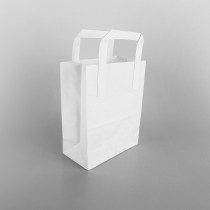
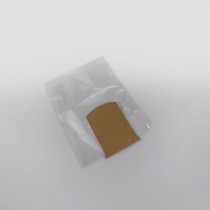
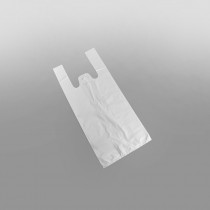

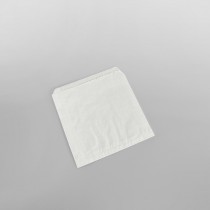
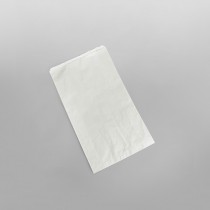
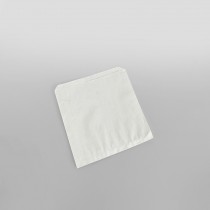
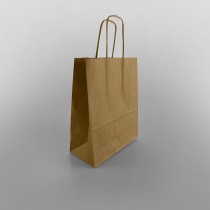
![White Kraft Paper French Stick Bag [4x6x26inch] Strung](https://packmyfood.co.uk/media/catalog/product/cache/1/small_image/210x/ca4c7056b44d1ed932ad98a529396c07/P/A/PAB08_4.JPG)
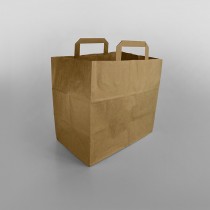
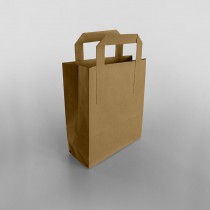

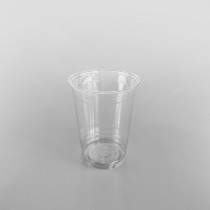
![Kraft Baguette Collar with Perforated Film [60mm Diameter]](https://packmyfood.co.uk/media/catalog/product/cache/1/small_image/210x/ca4c7056b44d1ed932ad98a529396c07/B/A/BAG05_6_1_1.JPG)
![Kraft Baguette Tray [Black]](https://packmyfood.co.uk/media/catalog/product/cache/1/small_image/210x/ca4c7056b44d1ed932ad98a529396c07/B/T/BT001_6_1_1.JPG)
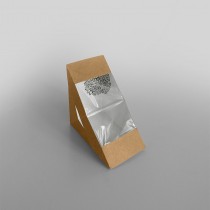
![Cello Roll [80cm x 100m] [Multiple Designs]](https://packmyfood.co.uk/media/catalog/product/cache/1/small_image/210x/ca4c7056b44d1ed932ad98a529396c07/c/r/cr01.jpg)
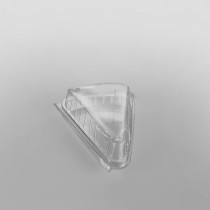
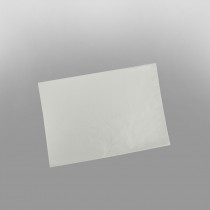
![Mini Wooden Boat [473ml]](https://packmyfood.co.uk/media/catalog/product/cache/1/small_image/210x/ca4c7056b44d1ed932ad98a529396c07/s/o/sol001.jpg)
